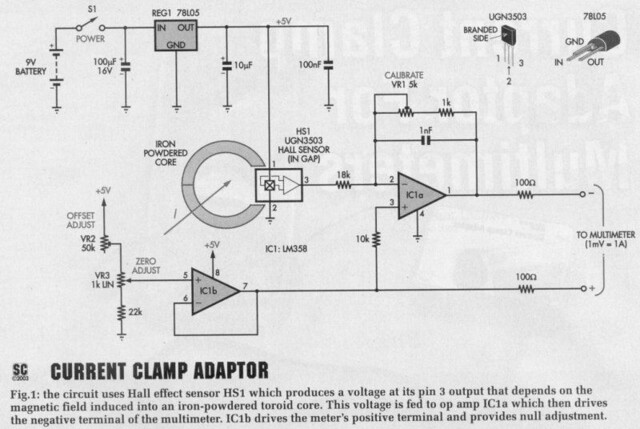nima_1981
Member level 3

- Joined
- Apr 22, 2010
- Messages
- 61
- Helped
- 0
- Reputation
- 0
- Reaction score
- 0
- Trophy points
- 1,286
- Location
- Ocean Mind
- Activity points
- 1,877
Hi ,
How i can Design a Dc clamp base on hall effect .
I want To measure dc current 0 to 2000 Ampere with .5 Ampere resolution .
i can not break wire because i went to use clamp hall effect
I Found this article, But i can not change this for 2000 Ampere
another , in this article does not have any specification for Iron Powerd Core ?
tahnk yiy

How i can Design a Dc clamp base on hall effect .
I want To measure dc current 0 to 2000 Ampere with .5 Ampere resolution .
i can not break wire because i went to use clamp hall effect
I Found this article, But i can not change this for 2000 Ampere
another , in this article does not have any specification for Iron Powerd Core ?
tahnk yiy

Last edited:


